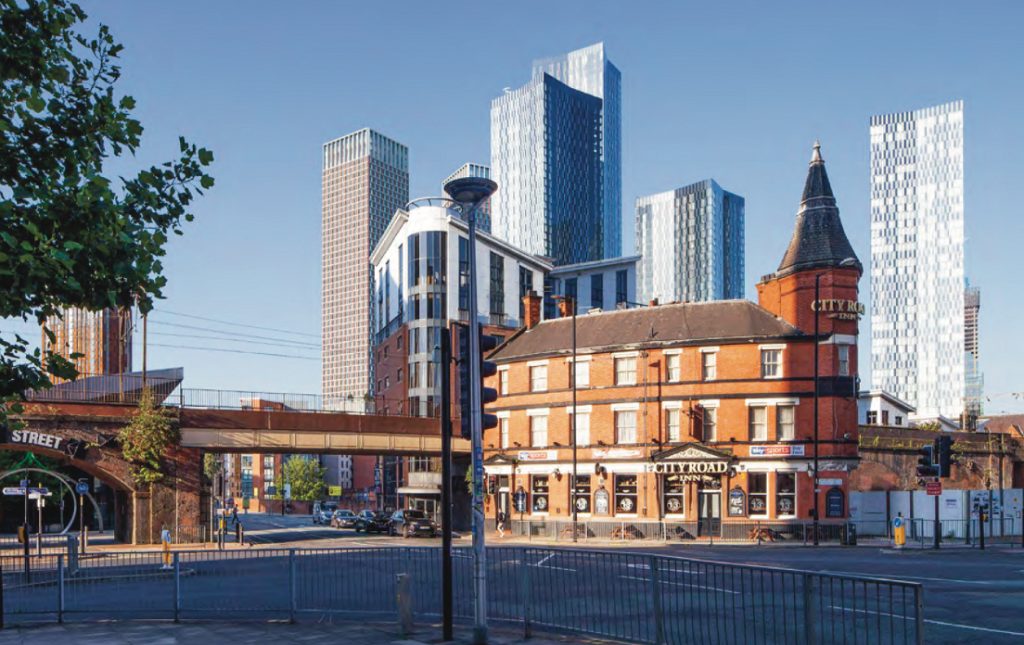Often described as the UK’s second city, Manchester has long been the UK place of choice for astute property investors.
Manchester’s low entry levels and strong rental market have seen the city attract investment worldwide.
The local demand for inner-city residential property is one of the key drivers of Manchester’s great performance. One of the catalysts for change has been the regeneration of the inner and surrounding brownfield areas. Following the IRA bombing in the mid-’90s, the local council set a large-scale modernisation of the city’s communal quarters and the places that sat ripe for conversion to residential use.
Manchester is a historical city built around cotton production. This boosted the local economy in the early 1900s, making the region one of the wealthiest in Europe. A side effect of this growth was the construction of many mills and commercial spaces built to support local industry. This sector of the economy became abandoned following the region’s decline during the 1970s.
Today the city looks very different. Most of the city’s mills have been converted to both office and residential property. This has given a new life to the area. Alongside these grade one listed buildings stand an array of new-build glass towers filled with young professionals looking to build a career in this wonderful city.
The 21 – 30 age group is the demographic most closely linked to the continued push for ever more modern high-rise residential property. Many of these people have stayed in the city following the completion of their university degrees.
Developers having seen this demand have acted accordingly. They have continued to look for more land opportunities within the boundary of the central ring road, known locally as the Mancunian Way (A57). As land has got increasingly scarce, developers are now looking to the local suburbs for more suitable opportunities.
Salford Quays, Ancoats and Eccles are now the key areas facing actual demand from renters, who want more internal space and access to larger green spaces. Manchester City Council responds to this shift, developing new transport connections to the surrounding areas whilst approving more commercial space from companies moving to the region.
Following the pandemic, many people are trying to return to the city and neighbouring areas, taking advantage of the relaxation of restrictions. This has created a surge in demand for high-quality rental properties near the city centre.
With this in mind, now is the time to take advantage of the Manchester property market before prices continue to drive higher. Unlike London, with entry levels still in reach, Manchester’s property market continues to rise significantly in the years to come.
If you would like to know more about investing in Manchester contact us today.

